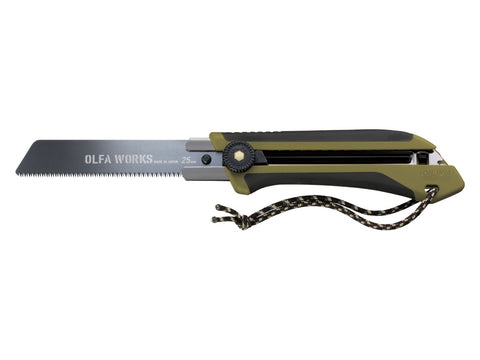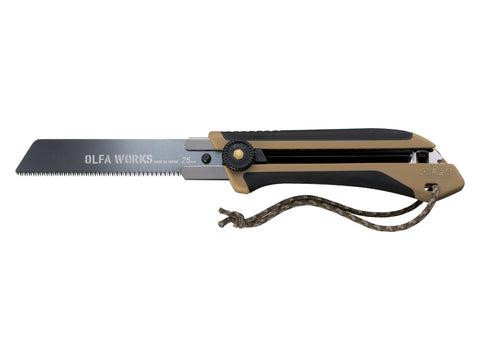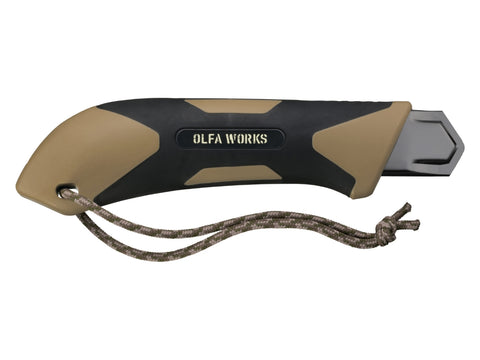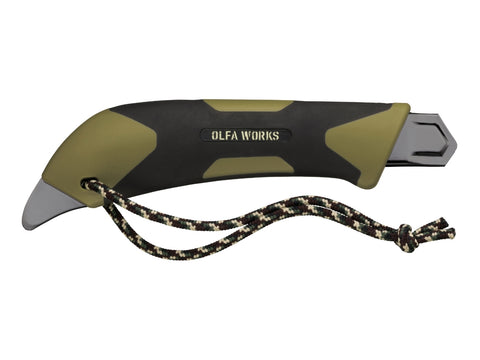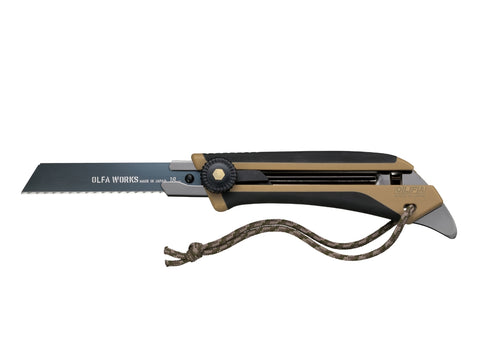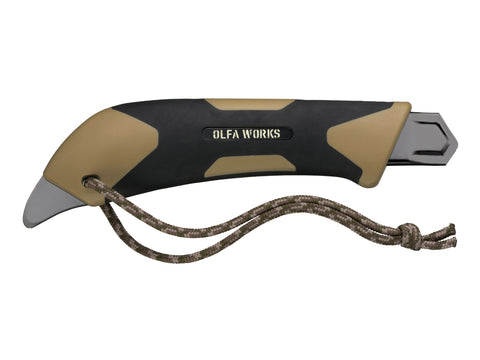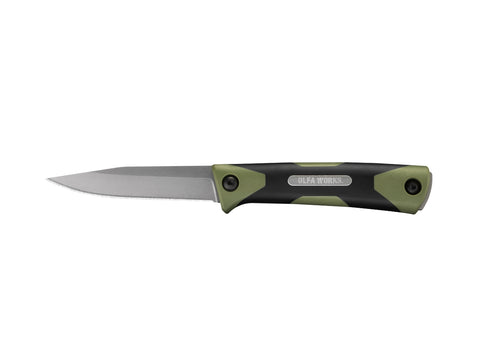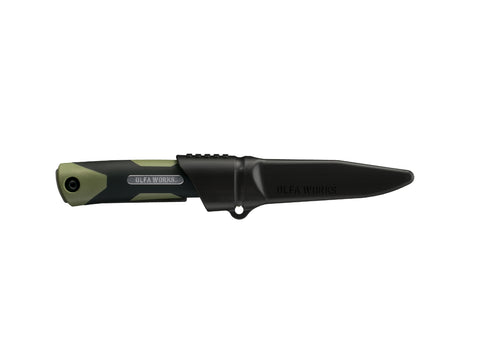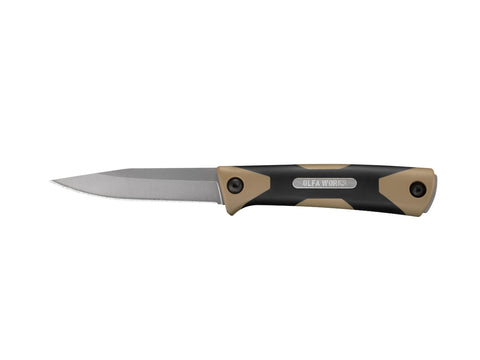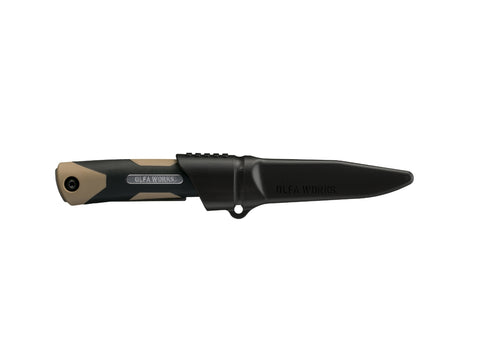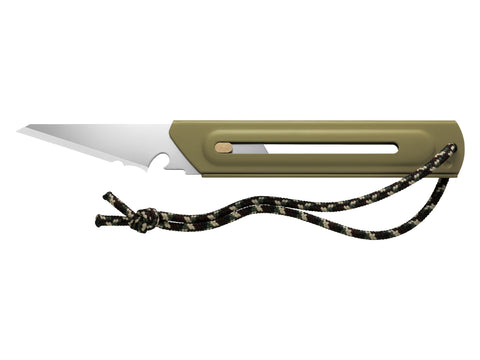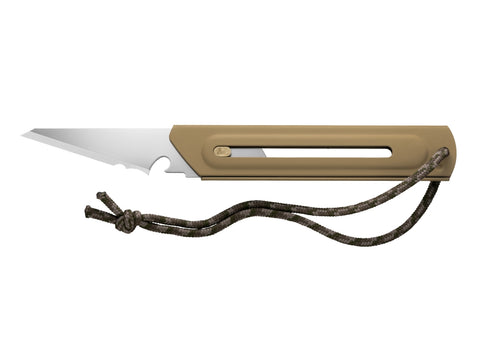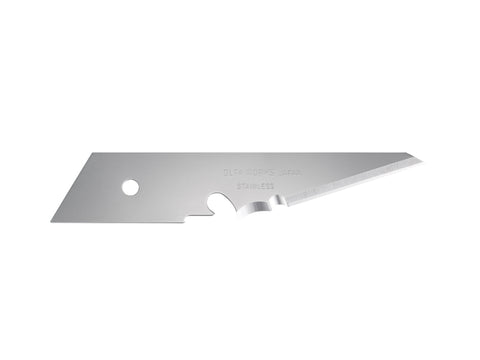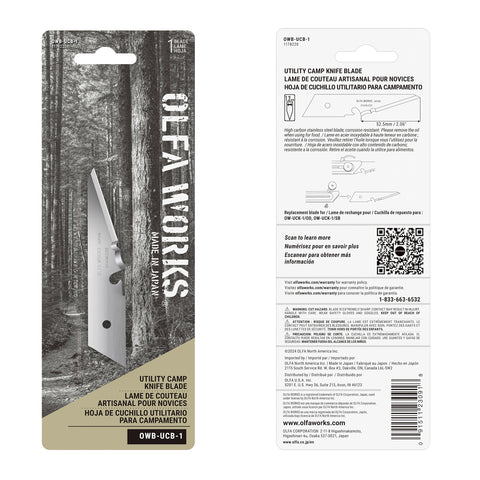First Aid for Campers and Canoeists
Adventure doesn’t always go as planned. Here’s how to respond when accidents happen on the trail, at camp, or out on the water.

Camping and canoeing take us to places where cell service drops out and the nearest road may be miles away. That’s the thrill of immersion in the wild, the peace of paddling a still lake, the challenge of hiking rugged trails. But what happens when the unexpected strikes? A twisted ankle, a knife slip while cooking, or even capsizing in rough water can quickly turn an outing into a survival situation. Knowing basic first aid—and how to stay calm—can make the difference between a minor setback and a full-blown emergency. Whether you’re with friends or exploring solo, here’s how you can prepare, respond, and stay safe when medical emergencies interrupt your adventure.
Be prepared before you leave. Pack a first aid kit that includes bandages, antiseptic wipes, gauze, medical tape, tweezers, blister pads, pain relievers, antihistamines, and a splint wrap. Other survival extras should include a whistle, compass, emergency blanket, waterproof matches, and a water purification method. Know your route, marking exit points, and sharing your plans with those left at home. Get some training, too. A basic first aid course or wilderness first responder class is invaluable.

Some common injuries when you’re camping are often cuts and scrapes, sprains, muscles strains, blisters, or burns. For cuts or a fall that opens a wound, clean it first with treated water to get out the dirt. Dry it and then apply an antiseptic and cover with a sterile bandage. For strains or sprains, use the RICE method: rest, ice (or cold stream water), compression, elevation. Apply a splint if needed and buddy up if walking is impossible. Blisters respond to padding them with moleskin or a blister pad. Don’t pop unless you don’t have a choice! If you get burned, running the area under clean, cool water for 10 minutes or more will help. Cover it loosely with sterile gauze, avoiding creams or grease.
If a gash is bleeding profusely, control the bleeding by following these steps. Apply direct pressure with a clean cloth, bandage, or gauze pad. Use your hand if nothing else is available. Maintain firm, steady pressure for at least 10 minutes without “peeking” to see if it’s working. Elevate the injury above the heart level, if possible, to slow blood flow. If bleeding continues, add more cloth or bandage layers on top—don’t remove the soaked ones. As a last resort, use a tourniquet for severe limb bleeding that won’t stop. Place it 2–3 inches above the wound, tighten until bleeding stops, and note the time applied.
Bandage the wound correctly. For small cuts/scrapes: clean, apply antiseptic, cover with adhesive bandage. For larger wounds: place a sterile gauze or cloth over the wound. Wrap it firmly with a bandage or strip of cloth to hold it in place. Ensure circulation is not cut off—check fingers/toes for color and warmth. For joints: Use a figure-eight wrapping pattern around knees, elbows, or ankles to allow movement but keep the bandage secure.

A broken limb or severe sprain may require a splint. Find rigid supports, such as paddles, trekking poles, sturdy branches, or tent poles. Pad the splint with clothing or soft material to reduce discomfort. Position the splint along the injured limb, keeping the joint above and below the injury immobilized. Secure with bandages, tape, or strips of cloth, tight enough to hold, but not so tight they cut off circulation. Check circulation by pressing fingernails or toenails. The color should return within 2 seconds.
An injury may be so severe that you need to evacuate the injured person. If they can walk with help, use the “human crutch” method. Wrap their arm around your shoulders and support them at the waist. If they cannot walk, there are several things you can do. For a two-person carry, each person links arms under the injured person’s legs and back, carrying them like a seat. To improvise a stretcher, use two strong poles (paddles or branches) with jackets or a tarp woven between them. Position a person in front and back, then carefully lift. The dragging method by a solo rescuer might be your only choice. If the terrain allows, pull them on a sleeping pad, tarp, or canoe to reduce strain. Take frequent breaks. Evacuations are exhausting so switch carriers if in a group.
An emergency may happen while you’re in the water. Your canoe may capsize or someone falls in. Stay with your canoe or kayak. It floats and increases your visibility. Get to shore as quickly as possible, then use your first aid kit to treat for hypothermia if the water was cold.

If someone is drowning, stay safe first. Do not jump in immediately. Many rescuers become victims this way. If you are not trained in water rescue, keep yourself out of the water unless absolutely necessary. Shout for help and direct someone to call 911 immediately if service is available. If in a remote area, use a satellite messenger or send someone to get help while you begin rescue. Keep these words in mind – reach, throw, don’t go. Extend a paddle, branch, or rope to the person. Have them grab on so you can pull them in. Toss a life jacket, throw bag, or even an empty cooler to help them float. Avoid entering the water unless trained and it’s absolutely the last option. If you must enter the water, bring a flotation device for both you and the victim. Approach cautiously from behind if possible (panicking victims may pull you under). Keep your distance and push a flotation device to them, rather than grabbing them directly. Once they’re out of the water, immediately check their breathing and pulse. If they are not breathing, begin rescue breaths and CPR. (Two rescue breaths, followed by 30 chest compressions, then continue the sequence. If alone, do CPR for two minutes before leaving to get help if no one else is available. If they are breathing but unconscious, roll them on their side. Tilt the head back slightly to keep the airway open, with the mouth pointing downward to allow fluids to drain. If they stop breathing, roll them on their back and begin CPR again. Treat for hypothermia by removing wet clothing, then wrapping in blankets and warm slowly.
To prevent drowning emergencies, always wear a properly fitted life jacket when canoeing, kayaking, or swimming in remote areas. Supervise children closely near water. Avoid alcohol when boating or swimming. Learning basic water rescue and CPR before your trip is a must!
Seek professional medical attention if you encounter bleeding that won’t stop after 10 minutes of pressure, head, neck, or spine injuries, chest pain, breathing difficulty, or stroke-like symptoms. Severe allergic reactions (use epinephrine if available), fractures with visible deformity, signs of infection, such as swelling, pus, fever also require professional help.
Use cell service if available or carry a satellite messenger for remote travel. Activate SOS only if the situation is life-threatening.
If you’re Injured and alone, stay calm and assess the damage. Don’t waste energy panicking. Stop bleeding first. Apply pressure, elevate, and bandage the wound. Stabilize your injuries. Splint with trekking poles, paddles, or branches. Signal for help – use three whistle blasts, reflective gear, bright clothing, or smoke from a fire. If moving worsens your injury, stay visible and wait for help. Stay hydrated and warm. Exposure can become deadly faster than the injury itself.
The most important thing you can do in a medical emergency is to keep calm. Emergencies are overwhelming. A calm, step-by-step mindset improves survival odds. Make sure you are safe before you begin treating an injury. Treat life-threatening issues first. Reassure the injured person, or yourself, that everything will be ok.
Adventure always carries risk, but risk doesn’t have to mean disaster. By preparing before you leave, practicing basic first aid, and knowing how to handle the unexpected, you can keep a bad situation from becoming worse. Whether you’re hiking rugged trails, paddling remote lakes, or camping deep in the forest, these skills ensure you’re ready when the wild gets rough. Carry a kit, learn the basics, and trust yourself. You’ve got this!
For more camping tips and outdoor inspiration, read our blog and join the adventure. Always remember to pack your OLFA Works tool kit – you’ll regret leaving them at home if you don’t.

